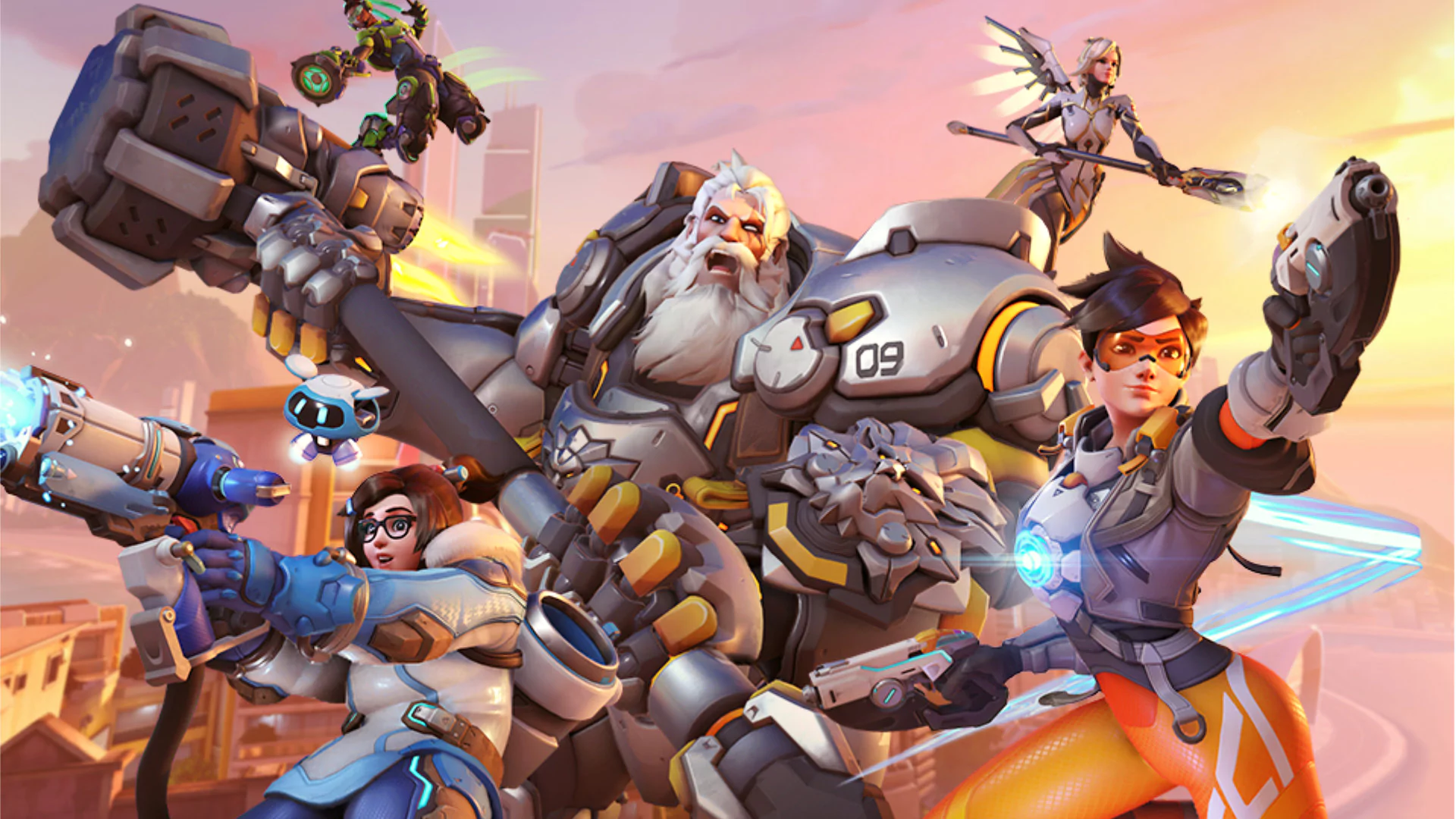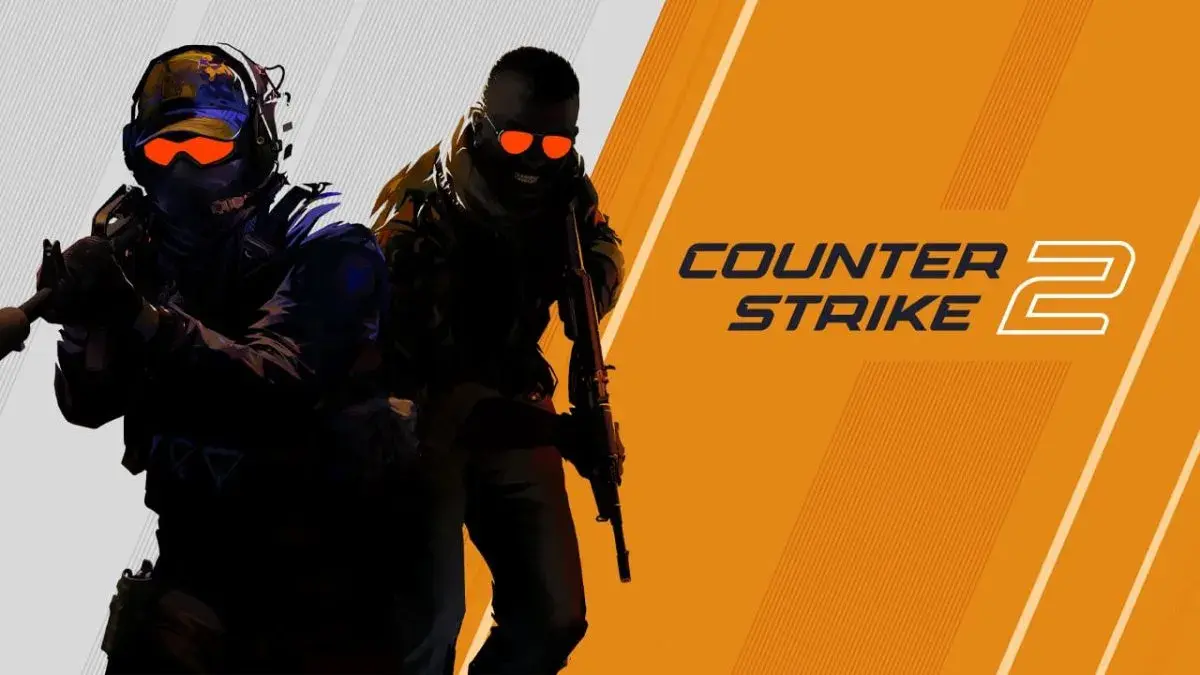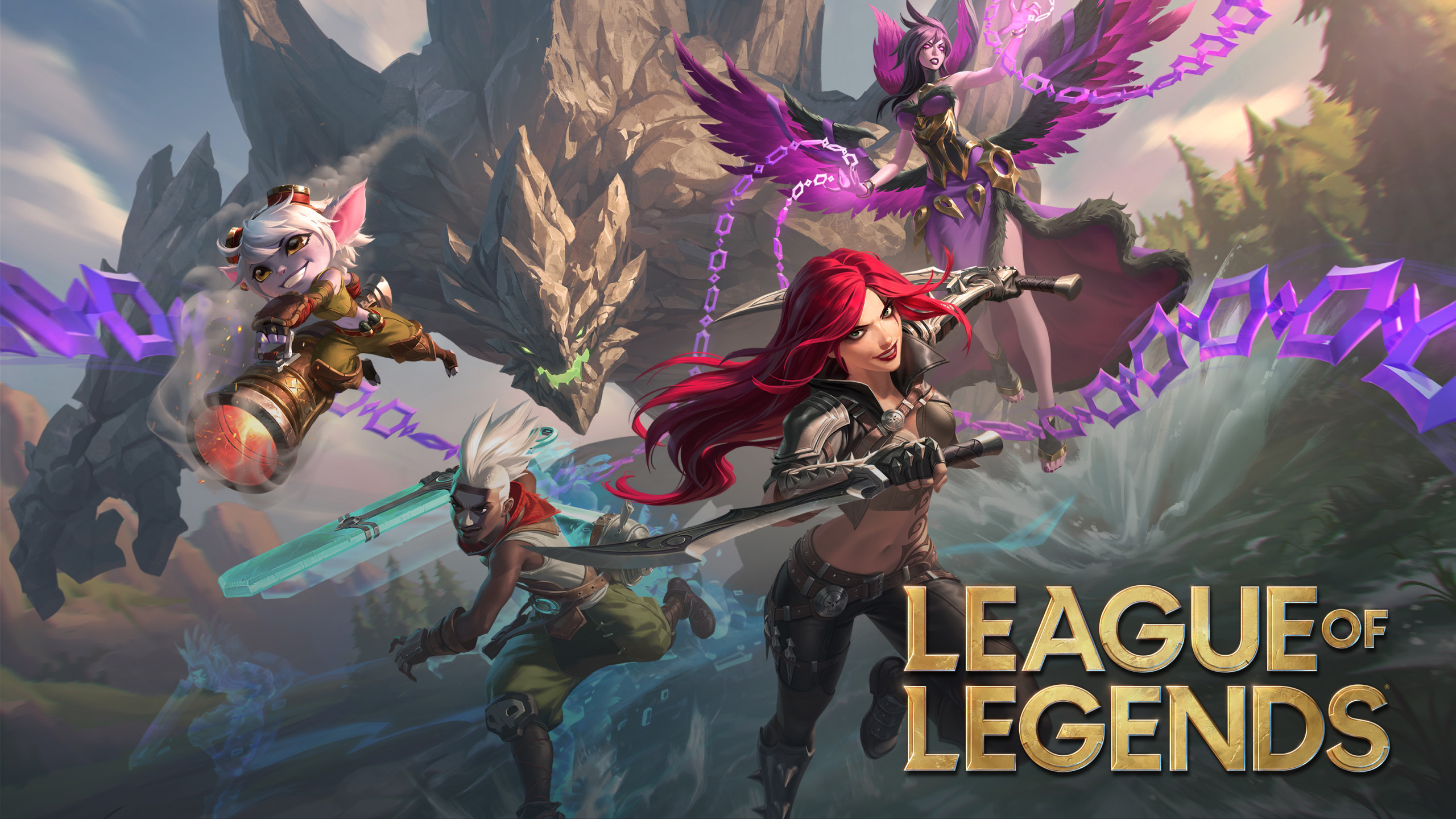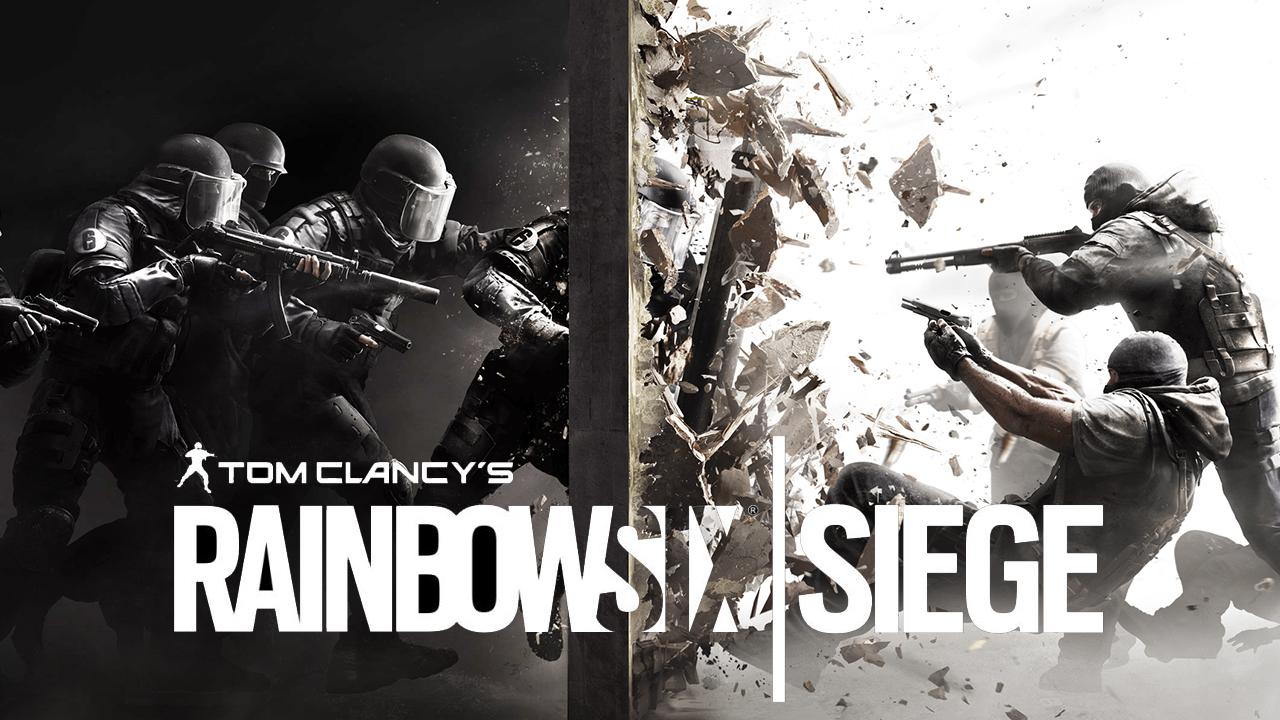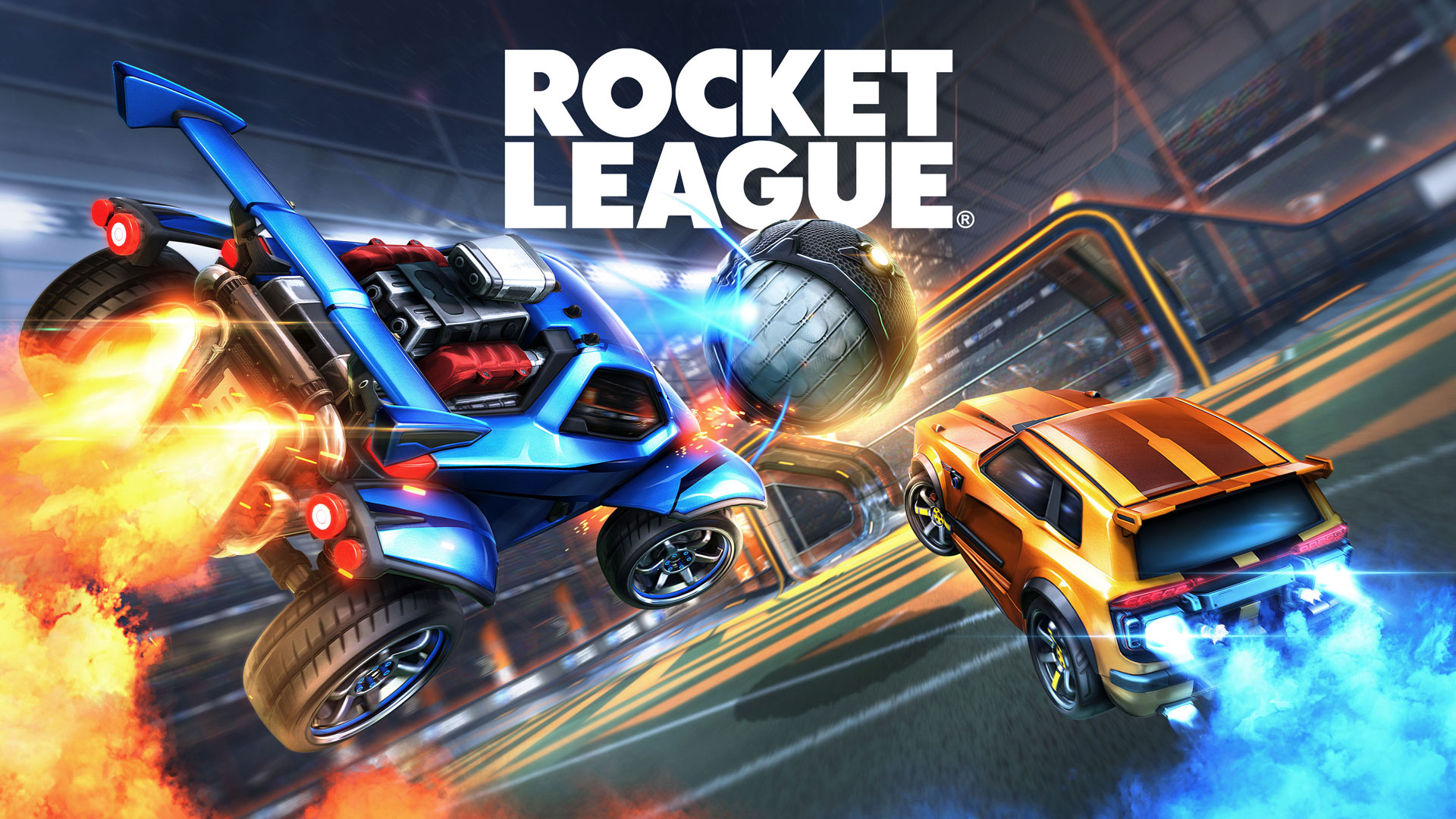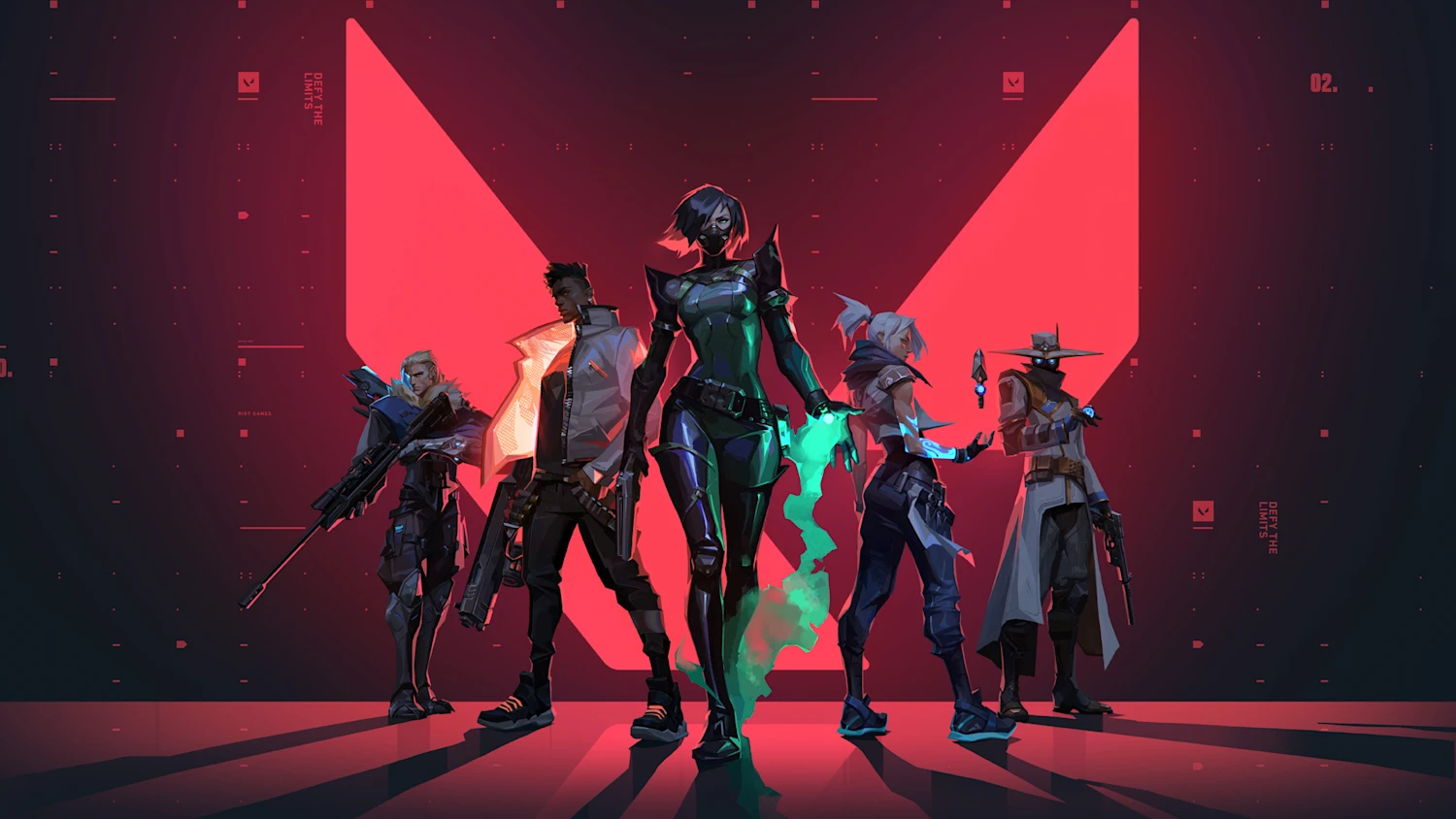The shift from 6v6 to 5v5 in Overwatch 2 fundamentally changed how teams need to coordinate. With only one tank anchoring your entire composition, the synergy between your tank and support players has become more critical than ever. Get this relationship wrong, and you'll crumble under pressure. Get it right, and you'll dominate the objective.
Understanding overwatch 2 team synergies isn't just about knowing which heroes work well together on paper – it's about building teams where players genuinely understand each other's playstyles, cooldown management, and positioning preferences. The difference between a good tank-support duo and a great one often comes down to hundreds of hours of shared experience and communication.
Introduction
In Overwatch 2's current meta, tank-support synergy determines nearly 50% of your team's effectiveness before the match even starts. The single tank format means your frontline player needs unwavering support, while supports need a tank who understands resource management and when to create space versus when to play for sustain.
This guide breaks down the most effective tank-support combinations across all ranks, from Gold to Top 500. We'll cover coordination requirements, counter-pick strategies, ultimate combo timing, and how different playstyle preferences affect synergy success. More importantly, we'll show you how to recognize when you're playing with incompatible teammates and what to do about it.
While finding teammates who truly understand these synergies can be challenging through traditional LFG channels, platforms like Jynx make it easier with swipe-based discovery that lets you filter by hero pool compatibility and playstyle preferences.
The Foundation: Understanding 5v5 Tank-Support Dependencies
The one-tank format created unprecedented interdependency between your tank and support line.
Resource Management Fundamentals
Your tank is now the sole recipient of defensive resources:
- All healing cooldowns get funneled into one player
- Defensive ultimates (Sound Barrier, Rally) primarily protect the tank
- Utility abilities (Nano Boost, damage boost) often target the tank for maximum value
This concentration of resources means tank-support communication must be flawless. If your Ana throws Anti-Nade while your Reinhardt charges away, you've just wasted your team's most valuable cooldown.
Space Creation vs Sustain Balance
The eternal tension in every fight:
Space Creation: Tank pushes forward aggressively
- Requires support cooldowns to sustain the push
- Creates openings for DPS to capitalize
- Forces enemies into defensive positions
- High risk, high reward
Sustain Play: Tank plays for resource advantage
- Allows supports to build ultimates safely
- Maintains positional control
- Prepares for coordinated pushes
- Lower risk, requires patience
The best tank-support duos instinctively recognize when to shift between these modes without voice communication. This intuition only develops through extensive shared playtime with compatible teammates.
Positional Awareness Synchronization
Supports need to position based on tank playstyle:
- Dive tanks (Winston, D.Va, Doomfist) require mobile supports or split positioning
- Brawl tanks (Reinhardt, Zarya, Junker Queen) need supports close enough to sustain aggression
- Poke tanks (Sigma, Orisa, Ramattra) allow supports safer, distant positioning
Mismatched expectations here create the classic scenario where your Reinhardt charges in while your Ana is positioned 30 meters back preparing for poke warfare.
Dominant Tank-Support Synergies by Archetype
Let's break down proven combinations that consistently perform across competitive ranks.
Dive Compositions: Winston + Brigitte/Lucio
The Synergy: Winston's mobility requires supports who can either follow the dive or provide sustained value from distance.
Brigitte + Winston
- Inspire healing reaches diving Winston
- Whip Shot provides additional displacement
- Rally gives Winston survivability for extended dives
- Both excel at peeling for backline against enemy flankers
Lucio + Winston
- Speed Boost enables faster dive engages
- Can follow Winston to objectives with wallride
- Sound Barrier saves diving teammates
- Ultimate combos with Primal Rage for nano-Primal equivalents
Coordination Requirements:
- Tank must call dive targets 3-5 seconds before engaging
- Supports track bubble cooldown to avoid overhealing during protection
- Team must recognize when Winston needs to disengage vs commit
Counter-Pick Vulnerability:
- Struggles against Ana (Sleep Dart + Anti-Nade shuts down dives)
- Reaper melts Winston quickly
- Bastion forces complete composition pivot
This is where smart matchmaking platforms help—by letting you filter for playstyle preferences (dive vs brawl vs poke) upfront, you can find support players who actually want to play the heroes that synergize with your tank.
Brawl Compositions: Reinhardt + Ana/Lucio
The Synergy: Reinhardt thrives in close-range team fights with sustained healing and speed to close distance.
Ana + Reinhardt
- Nano Boost transforms Reinhardt into unstoppable force
- Sleep Dart protects Rein from enemy abilities
- Anti-Nade swings brawls decisively
- Long-range healing allows Ana safety while sustaining frontline
Lucio + Reinhardt
- Speed Boost compensates for Rein's mobility weakness
- Enables "Speedgate" – speed boosting through chokepoints
- Sound Barrier pairs perfectly with Shatter setups
- Defensive Boop protects Rein during pin recovery
Coordination Requirements:
- Reinhardt must maintain sight lines to Ana while pressuring
- Speed Boost timing requires practice – too early and you outpace team
- Nano targets should be communicated before use
- Shield break pressure must be tracked verbally
Counter-Pick Vulnerability:
- Pharah forces composition spread, breaking brawl formation
- Junkrat spam overwhelms shield and healing resources
- Bastion makes shield management impossible
Meta Positioning: Currently dominant on King's Row, Eichenwalde, and Paraiso where tight corridors favor brawl engagements.
Poke Compositions: Sigma + Baptiste/Zenyatta
The Synergy: Sigma's versatility enables both aggressive shield cycling and defensive immortality plays.
Baptiste + Sigma
- Immortality Field enables aggressive Sigma positioning
- Amplification Matrix + Accretion creates one-shot combos
- Regenerative Burst supplements Sigma's shields
- Both excel at controlling high ground
Zenyatta + Sigma
- Discord Orb makes Accretion stuns lethal
- Transcendence counters enemy dive attempts
- Long-range healing matches Sigma's playstyle
- Ultimate pairing provides defensive safety
Coordination Requirements:
- Immortality Field placement must be communicated before aggressive plays
- Discord targets should align with Accretion availability
- Shield positioning requires constant callouts
- High ground control must be coordinated
Counter-Pick Vulnerability:
- Dive compositions overwhelm poke setup time
- Sombra hack removes both Sigma's defensive tools and Immortality Field
- Sustained pressure depletes limited healing resources
Anti-Dive: Orisa + Moira/Kiriko
The Synergy: Orisa's fortify and javelin enable aggressive space denial while self-sustaining.
Moira + Orisa
- Coalescence pairs with Terra Surge for team-wipe potential
- Fade enables aggressive positioning to support Orisa pushes
- High healing output sustains Orisa's aggressive plays
- Both excel against flanker-heavy compositions
Kiriko + Orisa
- Protection Suzu cleanses Anti-Nade during Terra Surge
- Teleport enables team repositioning around Orisa
- Kitsune Rush enables Javelin spin one-shots
- Swift Step provides escape from collapsed fights
Coordination Requirements:
- Ultimate timing must align for maximum value
- Fortify timing should be called to prevent healing waste
- Energy Javelin targets require quick follow-up
- Spin cycle timing needs verbal countdown
Counter-Pick Vulnerability:
- Ana Anti-Nade severely limits self-sustain
- Bastion out-damages healing potential
- Roadhog hook bypasses Fortify
Ready to find your perfect gaming squad? Jynx uses swipe-based discovery to help you quickly find tank and support players who complement your approach to Overwatch 2. Filter by verified rank, hero preferences, role specialization, and playstyle compatibility.
Advanced Coordination: Ultimate Economy and Combo Execution
Mastering ultimate timing separates good teams from great ones.
High-Impact Ultimate Combinations
Nano-Blade Prevention:
- Sound Barrier timing (use when Nanoblade activates, not before)
- Immortality Field placement (near supports, not frontline)
- Transcendence positioning (between Genji and targets)
Offensive Ultimate Stacking:
- Nano + Primal Rage (unstoppable displacement)
- Coalescence + Terra Surge (guaranteed team wipe)
- Kitsune Rush + Earthshatter (enables team follow-up)
Defensive Ultimate Counters:
- Transcendence beats: Dragonblade, Coalescence, Terra Surge
- Sound Barrier beats: High Noon, Rocket Barrage, Self-Destruct
- Rally beats: Sustained damage ultimates (Whole Hog, Molten Core)
Ultimate Economy Management
The fundamental rule: Never use two defensive ultimates to counter one offensive ultimate.
Common mistakes:
- Ana uses Nano defensively while Lucio has Sound Barrier ready
- Both supports use ultimates to save a lost fight
- Using defensive ult when numbers advantage already secured
Proper economy:
- Designate primary and secondary defensive ultimates
- Track enemy ultimate timings
- Communicate ultimate readiness every 30 seconds
- Plan two fights ahead – what ultimates for next engagement?
Reading Team Fight Win Conditions
Every fight has clear win conditions based on composition:
Dive compositions win by:
- Eliminating enemy supports before they can use cooldowns
- Forcing defensive ultimates without using offensive ones
- Creating multiple angles that split enemy focus
Brawl compositions win by:
- Winning the frontline resource war
- Landing high-impact abilities (Shatter, Anti-Nade)
- Sustaining through enemy cooldowns
Poke compositions win by:
- Forcing enemy team into unfavorable engagements
- Building ultimate advantage before committing
- Controlling high ground and sight lines
Counter-Picking: Adapting Tank-Support Synergies
Smart counter-picking can salvage losing games.
Recognizing When to Swap
Clear signals your current synergy isn't working:
- Tank dies in first 15 seconds of three consecutive fights
- Support ultimates provide no value (team dies through them)
- Enemy composition forces constant positioning compromises
- Communication breaks down due to playstyle mismatch
Mid-Match Adaptation Strategies
Scenario 1: Enemy Pharah dominates
- Swap from brawl (Rein + Lucio) to hitscan-enabling (Sigma + Baptiste)
- Maintain support synergy while enabling DPS to handle threat
Scenario 2: Enemy Ana shuts down your dive
- Add Zarya bubbles to cleanse Anti-Nade
- Swap to brawl composition that forces Ana out of position
Scenario 3: Lack of tank sustain
- Swap from Zenyatta to Ana for burst healing
- Add Kiriko for cleanse potential
Communication During Swaps
Effective swap communication:
- "I'm swapping to [hero] to handle [problem]"
- "This changes our win condition to [new strategy]"
- "We need [teammate] to adjust positioning/playstyle"
- Wait for team acknowledgment before committing
Poor swap communication:
- Silent hero changes
- Swapping without explaining why
- Forcing team to guess new strategy
- Multiple people swapping simultaneously without coordination
How Jynx Helps Build Better Overwatch 2 Teams
Finding teammates who understand these nuanced synergies traditionally meant dozens of hours testing random players from LFG channels, Discord servers, and Reddit threads. Most attempts resulted in one awkward game before never playing together again.
Jynx solves this by matching Overwatch 2 players based on:
Swipe-Based Hero Discovery
- Quickly browse tank and support players and see their hero pools upfront
- Filter for players who excel at enabling your playstyle
- Match dive tank players with mobile support specialists
- Connect brawl enthusiasts with aggressive healing supporters
Verified Rank Data
- Through official game API integration, see actual verified ranks and hero stats before connecting
- No more players claiming to be Masters on their "main account"
Role Preference Alignment
- Clear role designation prevents "everyone wants to DPS" syndrome
- Find support players who genuinely enjoy enabling tank play
- Match with tank mains who understand resource management and communication
Compatibility Scoring
- The platform considers communication style (constant callouts vs minimal talking)
- Pairs IGL-oriented players with those who prefer following strategies
- Matches playstyle preferences (aggressive vs conservative, dive vs brawl vs poke)
- Ensures compatible win condition understanding
The platform's team formation creates balanced groups where every player's preferred role and hero pool synergizes with the rest of the team. No more "we need a support main" desperation in chat minutes before queue.
Building Long-Term Synergy
One-off games don't build championship-level coordination.
Practice Routines for Tank-Support Duos
Week 1: Fundamentals
- 30 minutes custom games practicing positioning
- 1 hour quick play testing communication
- VOD review of one game together
Week 2: Ultimate Timing
- Focus on 2-3 specific ultimate combos
- Practice defensive ultimate responses
- Track success rate of combo executions
Week 3: Counter-Play
- Practice against specific enemy compositions
- Develop swap strategies together
- Build counter-pick comfort
Week 4: Competitive Implementation
- Apply learned strategies in ranked
- Review and adjust based on results
- Identify remaining weaknesses
Communication Development
Effective tank-support communication includes:
Pre-Fight:
- Ultimate status
- Cooldown availability
- Win condition reminder
During Fight:
- Resource status ("I'm out of cooldowns")
- Positioning changes ("I'm falling back")
- Target priority ("Discord on Winston")
Post-Fight:
- What worked
- What needs adjustment
- Next fight plan
Recognizing Incompatibility
Sometimes personalities or playstyles simply don't mesh. Signs to look for:
Irreconcilable Differences:
- Constant disagreement on when to engage
- One player always feels abandoned
- Communication creates stress rather than clarity
- No improvement after 10+ hours together
When This Happens:
- Part ways respectfully
- Don't force incompatible partnerships
- Use matchmaking platforms to find better fits
- Some players are great individually but poor together
Conclusion
Mastering Overwatch 2 team synergies, especially tank-support combinations, is the difference between frustrated losing streaks and consistent competitive success. The 5v5 format makes every player relationship more critical, but the tank-support connection forms your team's foundation.
The meta will continue evolving with balance patches, but the fundamentals of coordination, communication, and playstyle compatibility remain constant. Focus on building genuine synergy with compatible teammates rather than just grinding games with whoever's available.
Whether you're climbing through Diamond or pushing for Top 500, investing in the right teammate relationships will accelerate your progress far more than solo practice. Start implementing these synergy concepts today, and you'll immediately notice improved team fight outcomes.
Download Jynx today and find the perfect Overwatch 2 teammates in minutes through quick swipe-based discovery. Match with players who complement your hero pool, share your playstyle preferences, and communicate the way you prefer—all verified through official game APIs.
Frequently Asked Questions
Q: What's the most important factor in tank-support synergy? A: Communication and cooldown tracking. Even perfect hero pairings fail without coordination on resource usage and positioning expectations.
Q: Should I one-trick a tank or be flexible? A: Maintain a pool of 2-3 tanks across different archetypes (one dive, one brawl, one poke). This allows adaptation while maintaining deep expertise.
Q: How long does it take to build good synergy with a new support partner? A: Basic coordination develops in 5-10 games. Advanced intuition (knowing what they'll do before they do it) takes 50+ hours of shared playtime.
Q: What if my regular support partner doesn't synergize with my hero pool? A: Either expand your hero pool to match their strengths, or honestly discuss finding more compatible partners. Forcing incompatible duos hurts both players' rank.
Q: Is voice chat mandatory for good tank-support synergy? A: Not mandatory, but it accelerates development significantly. At minimum, use ping system extensively and text chat for strategy. Voice communication reduces response time from 3-5 seconds to under 1 second.
